The Hozuki Ichi festival is a traditional summer event held annually at the Sensoji Temple in Asakusa, Tokyo. This vibrant festival has been celebrated since the Edo period and takes place on the 9th and 10th of July. The color of hozuki (orange) has been believed to ward off evil spirits. Several beliefs and episodes are combined together to make this Matsuri festival much more meaningful. For people living in the Kanto area, this hustling-bustling festival is a sign of the arrival of summer.
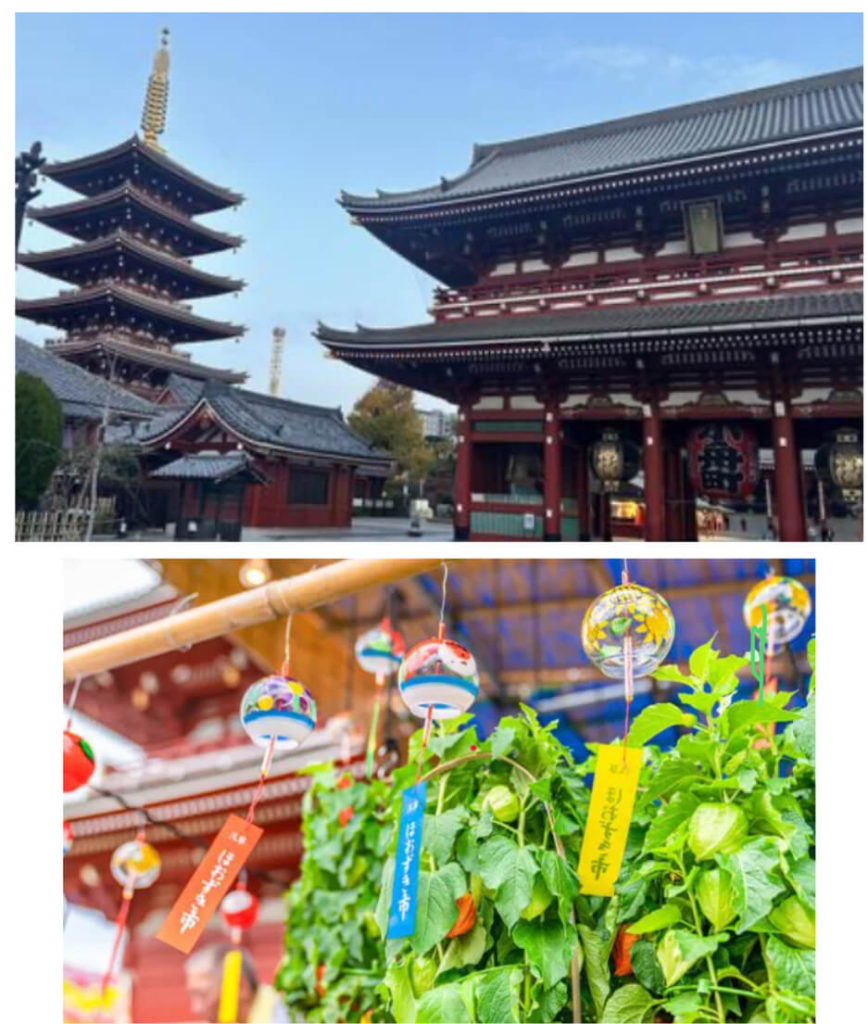
Special Days for temple and shrine visitors
The Hozuki Ichi coincides with the temple’s Kudoku-nichi(功徳日), a special day where a single prayer is believed to be worth 1,000 prayers, which is called Sennichi-Mairi(千日詣り). This idea had already been shared among people around the Heian Period (784~1185) and spread to other temples and shrines.
In the Edo period (1603~1867), at the Sensoji temple, on the 10th of July, one prayer was equivalent to 46,000 prayers. (四万六千日のご利益). Later, in Sensoji’s case, it became a two-day festival by adding the 9th of July to extend the time for visitors to pay a visit to the venue. At this festival, red corn was prepared (not hozuki, at that time) and sold to prevent lightning from the sky.

The benefit of 46,000 days means 126 years of good days, roughly over a human’s life. It means quite a special day for ordinary people if they pay a visit to temples or shrines. Generally speaking, temples and shrines have their own doctrines, and they are basically different. At that time in Japan, however, the Syncretization of Shinto with Buddhism was widely accepted, so the other temples and shrines imitated and inherited this tradition and prepared to sell each special item.
Selling Hozuki at Atago Shrine
Selling hozuki started at Atago Shrines in Edo (Tokyo) around 1760s to 1770s. Atago Shrine, which is located on the top of Mt. Atago in Tokyo, inherited the tradition of the benefit of the 46,000 days and started selling Ao Hozuki( 青ほおづき), blue or light green colored one, on that day because they had grown Hozuki in their precincts and used them for medical care. They got the idea to sell this plant on this special day.
Originally, Hozuki was displayed in local houses during Bon holidays in the midsummer in Japan. Its brilliant orange color was thought to help the dead souls to return to their houses. However, Bon Holidays and Hozuki Ichi are completely different. Selling Hozuki has no relationship with legends or mythology. It is, in a sense, a business idea to brighten up this special day, and it was a great success.
Hozuki, known as the Chinese lantern plant in English, is widely cultivated for its showy, inflated, leafy calyxes that are brilliant orange-red when mature and are often used for decoration and medical care. The calyxes change from green to orange and finally become a skeleton-like shape.

The Atago Shrine’s festival, which was held on June 23rd & 24th with Hozuki, was quite attractive and gained great popularity among people in Edo (old Tokyo). The success of the Atago Shrine encouraged Sensoji Temple to hold the Hozuki ichi from late Meiji period (around 1900s) as an origin of the benefit of the 46,000 days.
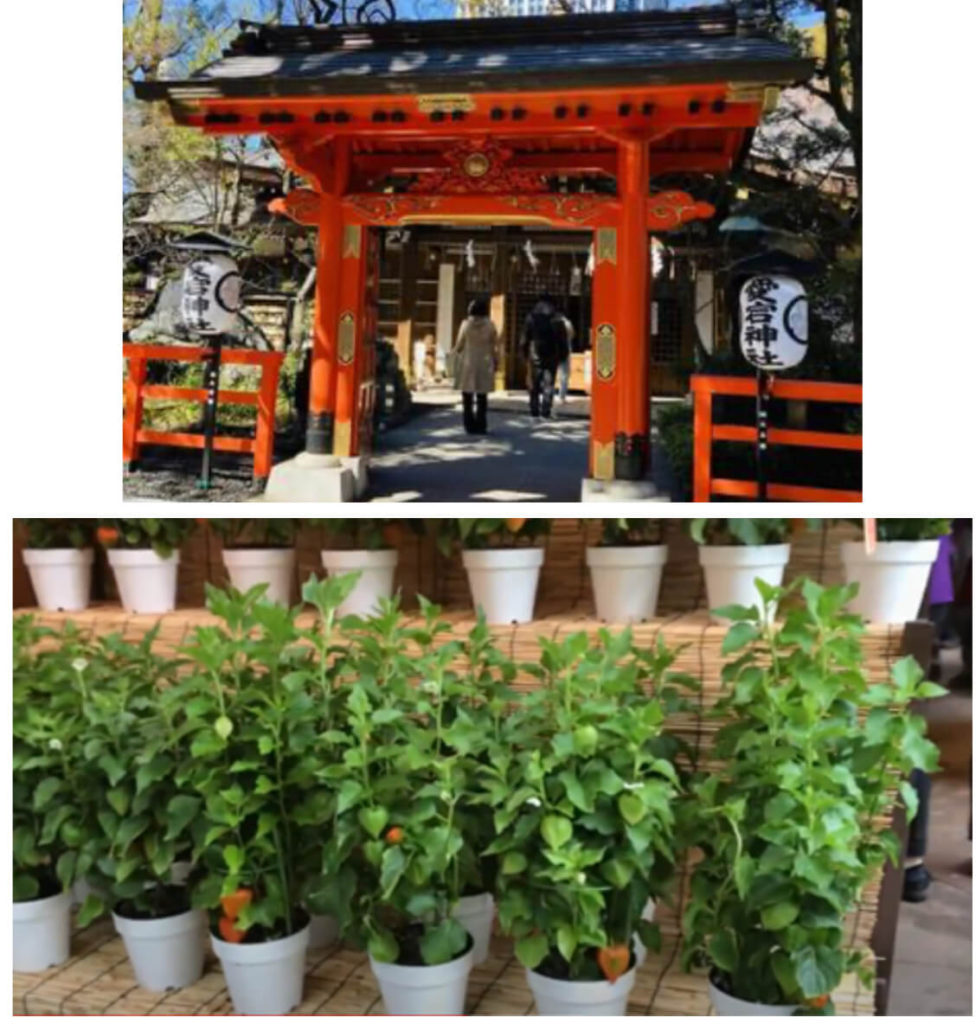

Today, we can savor several “Hozuki Ichi” festivals in Tokyo. The Sensoji version is on a much larger scale than others and attracts so many people. However, Hozuki ichi at Atago Shrine is a favorable and tranquil one and has also been an integral part of Edo festivals in Tokyo.
Final thoughts
The Hozuki Ichi festival at Sensoji temple offers over 100 stalls selling Hozuki with food stalls in the style of the Matsuri festival of Edo. At this festival, people can savor several features there, such as purchasing Hozuki flowers with vases, eating some foods such as Yakisoba (fried noodles), Yakitori (skewered grilled chicken), and other handy snacks. These hybrid features really matter at Matsuri festivals in Japan, probably because people look forward to savoring unusual and delightful moments after going through a hard-working daily life. These special days were called the day of Hare 「ハレの日」.
Hozuki Ichi is an integral part of Japan’s seasonal turning point, which people are looking forward to sensing the arrival of summer. The schedule of Hozuki Ichi is quite close to “Asagao Ichi Festival in Iriya Tokyo, which is held from July 6th to 8th.
Both festivals are regarded as bringers of summertime with Edo flavors.
As of Asagao Ichi, please check this link:
Please check this link to savor the atmosphere of Asakusa:
Strolling Asakusa Hozuki Ichi without narration

National Tour Guide (English), Eiken Grade 1, TOEIC A rank. Have been studying and teaching English for over 30 years.


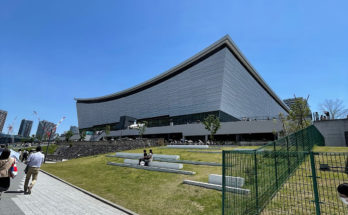
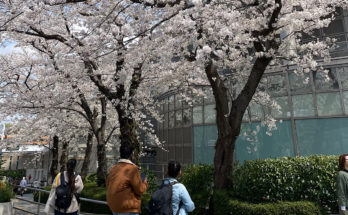
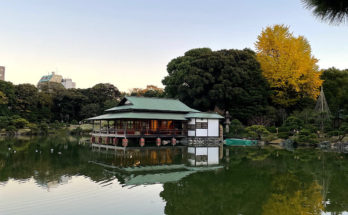
 HTJ has a YouTube page! Check it out
HTJ has a YouTube page! Check it out
Incredible article! I really enjoyed reading this – I learned a lot!
Thank you very much for reading my latest article and sharing your view.
I hope you can feel of “Matsuri,” a taste of Edo from this topic.
Thank you for reading my latest article and sharing your view. I hope you’ll visit Asakusa and savor the taste of Edo.